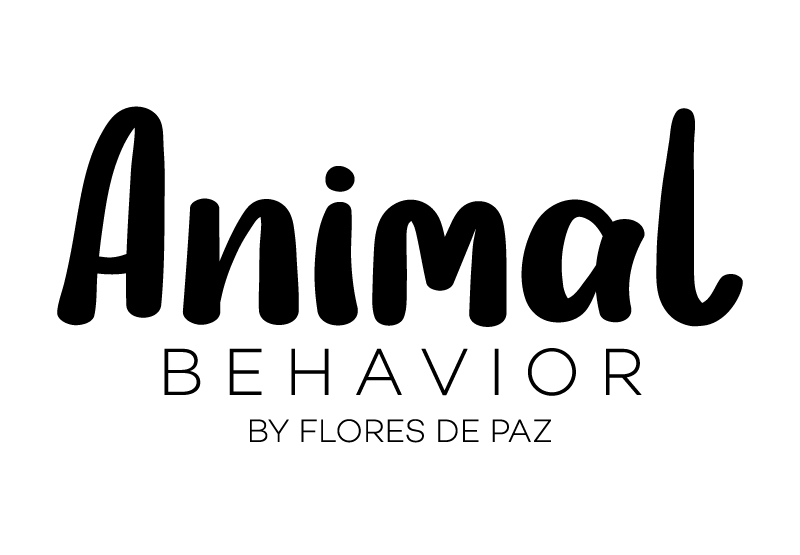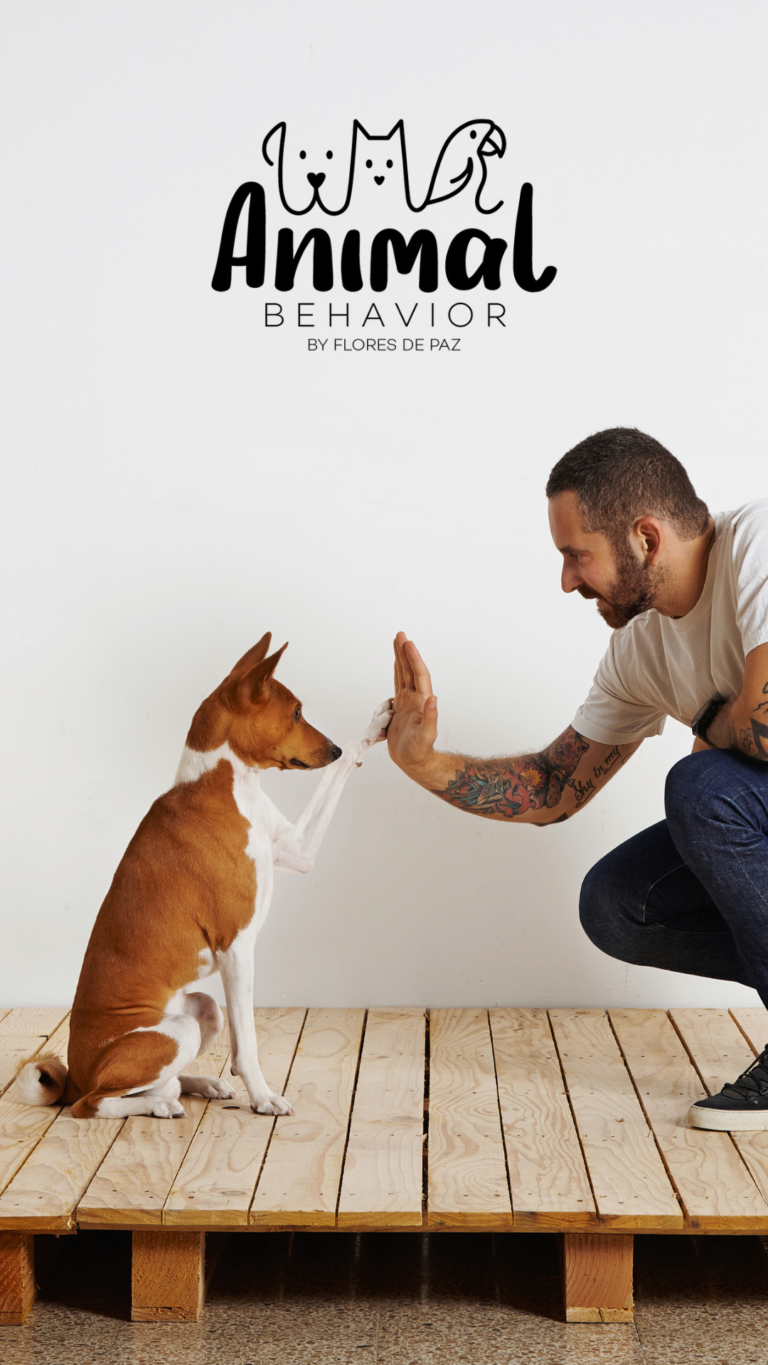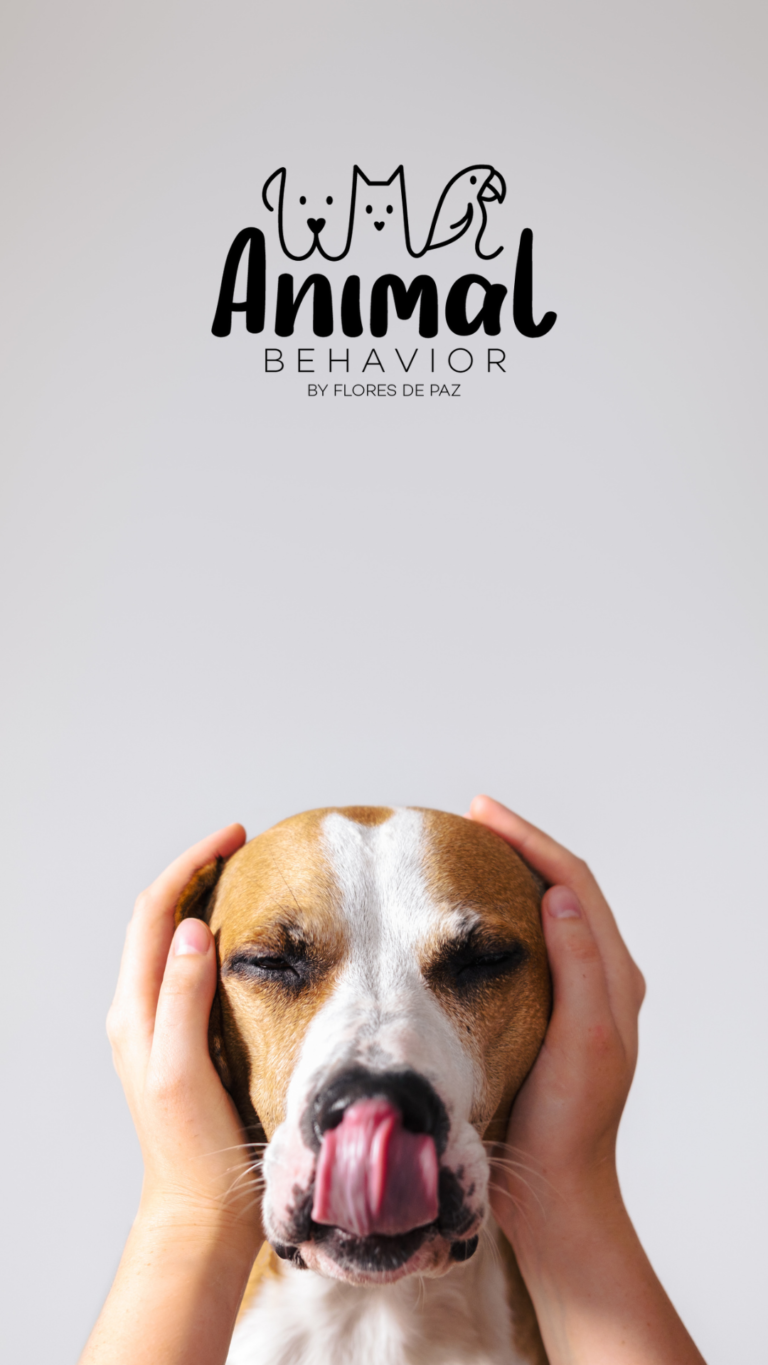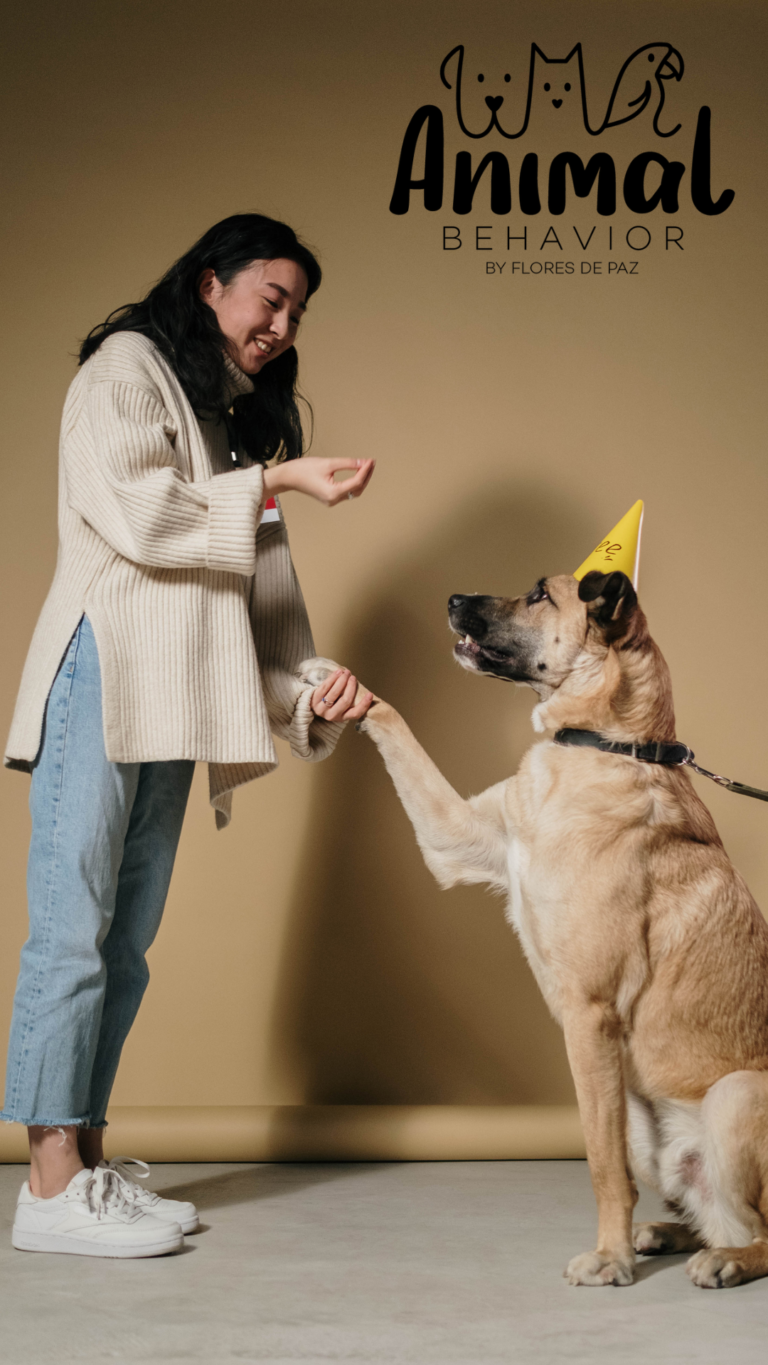Dogs are fascinating creatures with a rich history of coevolution with humans. They have been domesticated for over 30,000 years and have since become one of the most popular companion animals in the world. As we interact with dogs, we can observe a wide range of behaviors, some of which are instinctive and others that are learned. Understanding the interplay between these behaviors is crucial in providing proper care and training for our furry friends.
Instinctive behaviors are innate and are shaped by evolution to aid in the survival and reproduction of a species. Dogs, like all animals, have a set of instinctive behaviors that are hardwired into their DNA. Some examples of instinctive behaviors in dogs include chasing, digging, and barking. These behaviors are often automatic and can be triggered by specific stimuli in the environment.

On the other hand, learned behaviors are acquired through experience and practice. Dogs learn by observing and interacting with their environment, including other dogs and humans. Examples of learned behaviors include house-training, leash walking, responding to commands or learning that if they do a certain action like barking when the owner is eating, they will get a piece of their human’s food, which is tastier than his. These behaviors can be modified through reinforcement or punishment.
While instinctive behaviors are often seen as fixed, research has shown that they can be influenced by learning. For example, a dog may instinctively bark at a stranger, but through training, it can learn to be calm and well-behaved in their presence. Similarly, a dog may have a natural inclination to dig, but with proper training, it can learn to redirect its energy towards other activities.
Understanding the interplay between instinctive and learned behaviors is crucial in dog training. For instance, some instinctive behaviors, such as biting, may be dangerous and require training to modify or eliminate. In contrast, some instinctive behaviors, such as herding, can be harnessed and directed towards positive activities, such as agility training.
Furthermore, understanding the relationship between these behaviors can also aid in providing proper care for dogs. For example, dogs have a natural instinct to chew, and providing them with appropriate chew toys can redirect this behavior away from destructive chewing of household items.
It is also important to note that dogs can have breed-specific behaviors that are more strongly influenced by genetics. For example, herding breeds such as Border Collies may have a strong instinct to chase and herd, while hounds such as Beagles may have a strong instinct to follow scents.
In conclusion, dogs exhibit both instinctive and learned behaviors, and understanding the interplay between these behaviors is crucial in providing proper care and training for our furry friends. While instinctive behaviors may be automatic, they can be modified through learning, and learned behaviors can also be influenced by genetics. By understanding these complex relationships, we can build stronger bonds with our dogs and provide them with a happy and fulfilling life.
We will be posting more about this information and more about how dogs learn! Keep posted! Contact us at animalbehavior.com@gmail.com if you need any advice on emotions and behaviors 🙂
Fernanda.



